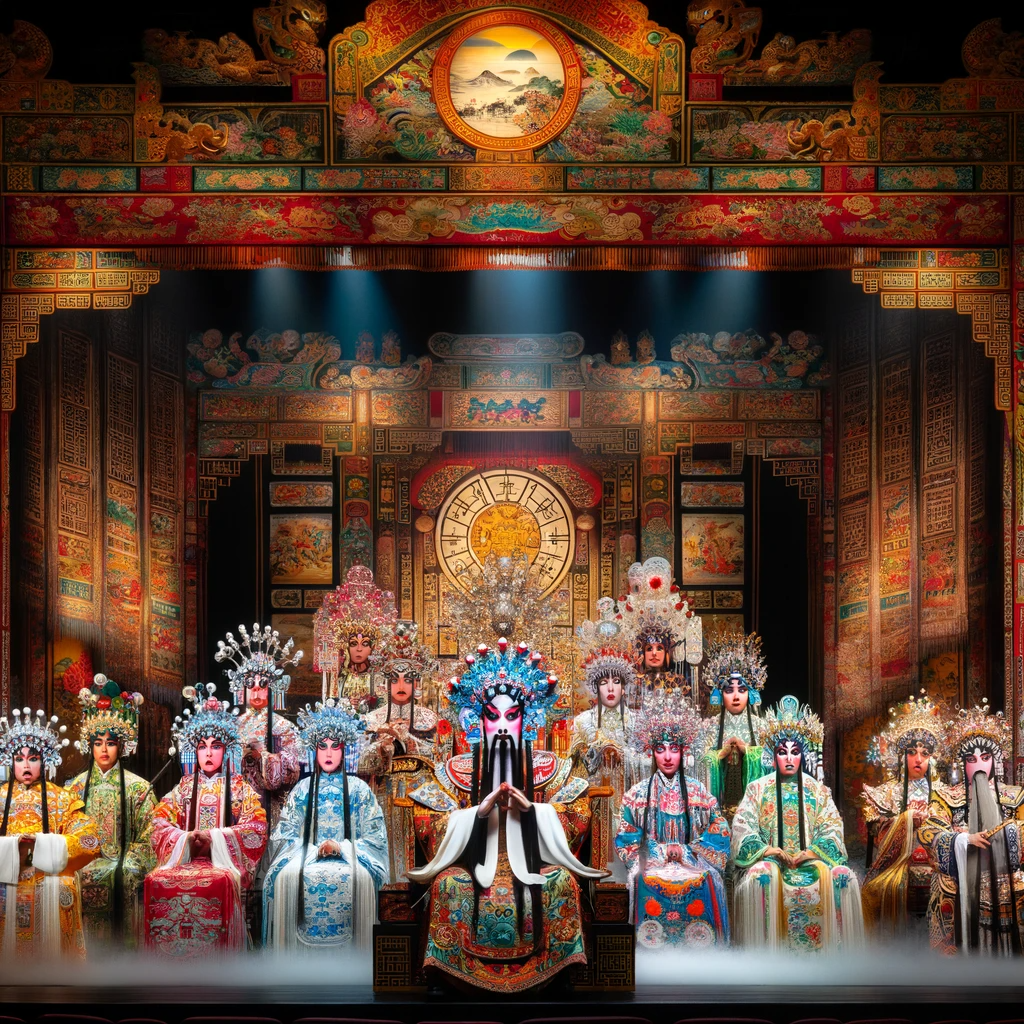Welcome to the fascinating world of Cantonese, a language that is not just a means of communication, but a rich tapestry woven with history and culture. For those of you embarking on a journey to connect with your roots or to explore new linguistic landscapes, Cantonese offers a unique and enriching experience. In this blog, we will delve into the origins of Cantonese, explore its cultural significance, and understand how it stands distinct from Mandarin. Whether you’re an absolute beginner or just curious about the background of the Cantonese language, this journey promises to be both enlightening and engaging.



Section 1: The History of Cantonese
From Ancient Tones to Global Echoes
Cantonese, originating in the Guangdong province of Southern China, is a language steeped in history. It’s not merely a dialect, but a language with its own distinct linguistic identity that has evolved over centuries. Tracing its roots back to the ancient Chinese spoken during the Tang Dynasty, Cantonese has preserved many elements of classical Chinese, making it a fascinating study for language enthusiasts.
The language’s journey from the sprawling rice fields of Guangdong to the bustling Chinatowns in English-speaking countries is a tale of migration and cultural preservation. As early as the 19th century, waves of Chinese immigrants began settling in nations like the United States, Canada, and Australia, bringing with them their language and traditions. These immigrant communities established the first bridges between the East and West, embedding Cantonese into the multicultural tapestry of these nations.
Today, Cantonese is not just confined to Guangdong or Hong Kong; it resonates in the streets of San Francisco, echoes in the markets of Toronto, and adds to the cultural mosaic of Sydney. This global spread has not only helped preserve the language but has also allowed it to evolve, adapting to different cultures and environments while still maintaining its core linguistic structure.


Section 2: Cantonese Culture and Cantonese Language
Cantonese is much more than a language; it’s a living expression of Chinese culture. Its significance extends beyond communication, deeply entwined with centuries-old traditions and customs. The Cantonese language is a vital element in traditional Chinese festivals, rituals, and the daily life of millions in Guangdong and Hong Kong.
One of the most profound cultural manifestations of Cantonese is in the realm of Chinese opera, particularly Cantonese opera. This art form, with its elaborate costumes, distinctive music, and lyrical storytelling, is performed almost entirely in Cantonese. It’s a sensory feast that captures the essence of ancient Chinese tales and folklore, keeping alive a tradition that dates to the early 13th century.
Cuisine is another area where Cantonese language and culture are inseparably linked. The names of dishes in Cantonese cuisine often carry symbolic meanings and stories. From the world-renowned Dim Sum to the comforting congee, the language adds flavor to the culinary experience, making it about more than just taste but also about heritage and story.
The impact of Cantonese extends to the modern era as well. It is prevalent in Hong Kong’s vibrant film industry, which has gained international acclaim. Movies and music produced in Cantonese have a unique charm, often portraying the nuances of local life and values, and have significantly influenced popular culture across Asia and beyond.
Section 3: Cantonese vs. Mandarin: Understanding the Differences
Distinct Yet Connected
While Mandarin is the official language of China and the most widely spoken form of Chinese, Cantonese holds its own as a distinct and influential language. Understanding the differences between Cantonese and Mandarin is not just about linguistics but also about cultural diversity within China.
The most noticeable difference is in pronunciation and tone. Cantonese has nine tones, compared to Mandarin’s four (or five, including the neutral tone), making it a more tonally rich language. This tonal variety adds to the expressiveness and depth of the language. In terms of vocabulary and grammar, there are significant differences as well, with Cantonese retaining more traditional and archaic elements.
In writing, both languages use Chinese characters, but Cantonese often employs different characters or character combinations to express the same idea. This distinction is particularly evident in colloquial Cantonese, which has a rich set of expressions and idioms unique to the language.
Despite these differences, the two languages share a common cultural and historical background. For learners, understanding Cantonese offers not just linguistic skills but also insights into a diverse and rich cultural landscape that is different yet connected to the broader Chinese cultural sphere.
Conclusion
Embark on a Cantonese Journey
Learning Cantonese is not just about mastering a language; it’s about immersing yourself in a rich cultural experience. Whether you aim to connect with your family heritage, understand traditional Chinese culture, or simply enjoy the linguistic diversity, Cantonese offers a unique and rewarding journey. As you embark on this path, remember that each phrase you learn is a step closer to a deeper cultural understanding and connection. So, let the vibrant tones of Cantonese guide you through the fascinating world of Chinese culture and history.

Ready to learn Cantonese?
Book your Cantonese 1-To-1 lessons here.
